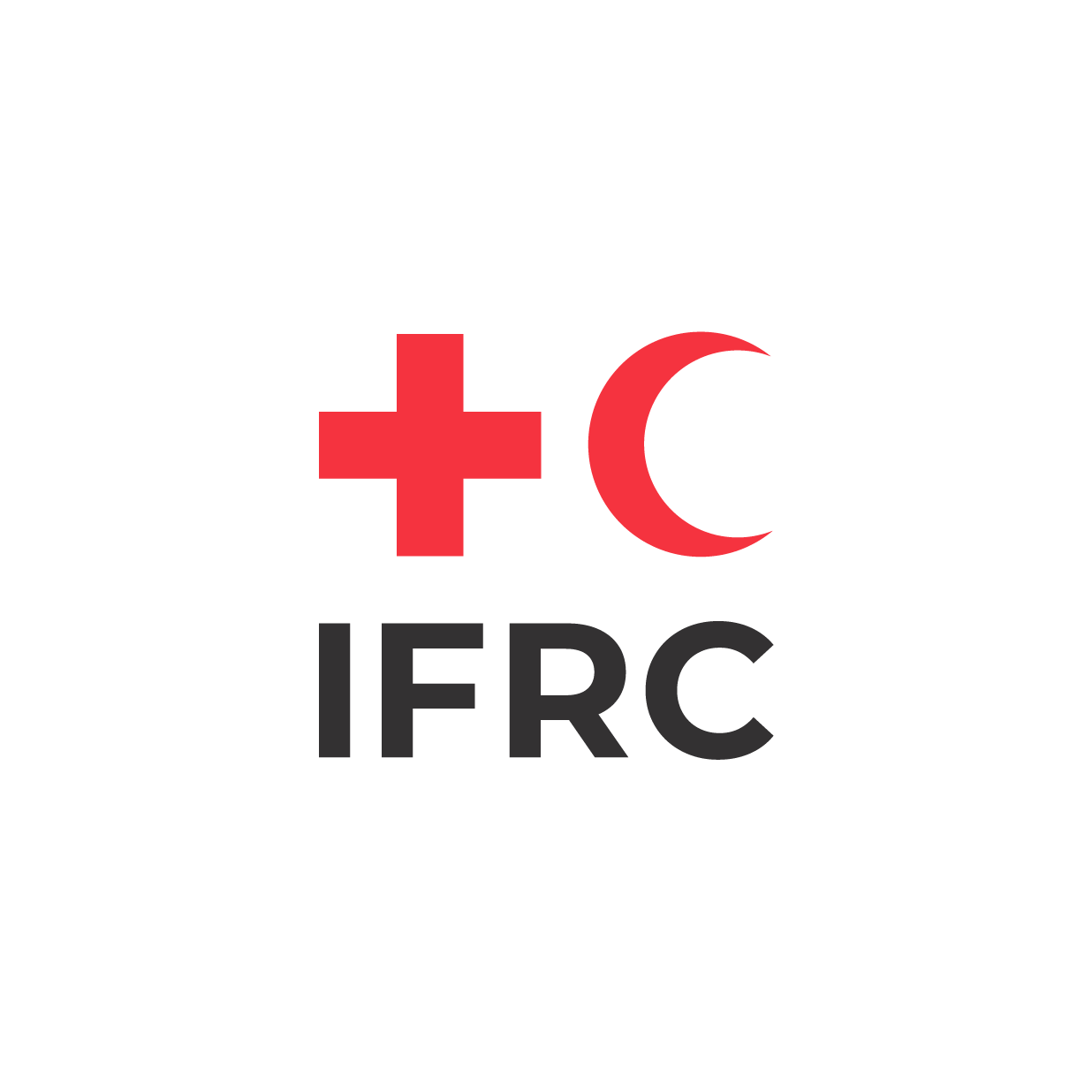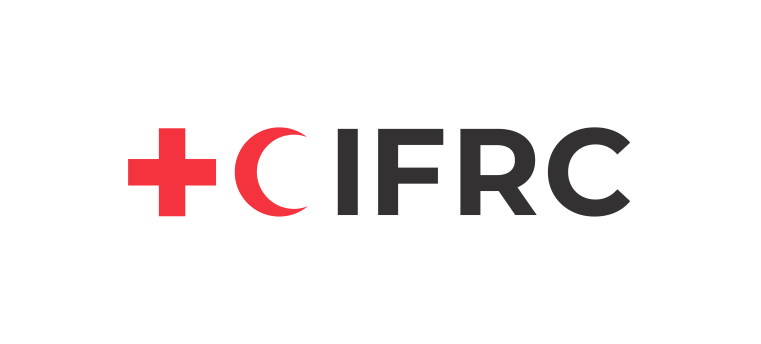Stage 2
Reference Sheet Z
Community‑guided indicators
Contextualize each dimension separately, or in groups that make sense to the community
Guide community members, including important subgroups, to explain each dimension in their own words. Starting with the first dimension (outlined below) and the first prioritized hazard or threat (from Step 3), ask the participants: “How can you tell if a person or family in this community … X?” Repeat the question, replacing ‘X’ sequentially with each hazard or threat. Some dimensions cannot be analysed easily in terms of a specific hazard or threat, so adapt your questions to make them relevant (see examples in the table).
Apply the list of hazards/threats, one by one, to each of the 11 dimensions, as is pertinent. Take careful note of the descriptions by writing them on cards, a flip chart, or laptop with a shared screen. If the literacy level of the community is low, find contextually appropriate ways to aid recall (for example, use drawings, repeat descriptions several times, make a video of the activity, etc.). As ideas are raised, it may be useful to discuss whether the idea is or can be expressed as a vulnerability or a capacity, and to differentiate using colored cards. Aim for examples of what ‘good’ and ‘bad’ look like in the community for each dimension and briefly discuss examples of possible vulnerabilities and capacities.
Welcome illuminating descriptions even if they are not measurable. A participant might say: “We can tell they know more because they think more about the future.” This response may be challenging to measure, but it is just as insightful as a comment that refers to the quality of roofing materials.
When participants find it difficult to come up with a description, give them a few examples of comments made by other communities, or propose comments from the list in the table above. Remind them to include descriptions that relate to how people react and respond when a hazard or threat occurs.
Determine whether the secondary data identified during Stage 1 sheds light on any of the community’s descriptions. (see Reference Sheet G on secondary literature and data).
This step enables the community to transform descriptions (Step 4) into measurable indicators, leading to a fresh selection of tools and collection methods that flows directly from the community perceptions. To do so, follow these instructions:
- Review the full list of descriptions from the community discussions to find commonalities. Group those that are similar or identical, since there is no need to measure them twice. Rephrase if needed to make sure that all participants understand them.
- One by one, convert each description into a measure - something that can be counted by the community. Record proposed indicators (on cards, a chart or by the other methods mentioned above). Repeat for each dimension (see table below) and complete the table. The results should be at least one measure per dimension, but more than one is common. Reference Sheet R (Indicator catalogue and ‘SPICED’ indicators) suggests some possible indicators, but only propose these if the community struggles to come up with its own.
- To ensure active and inclusive participation during this step, see Reference Sheet R on developing indicators that are SPICED (subjective, participatory, interpreted, communicable, empowering and disaggregated).
Next, ask who or what is the best or most useful information source for each indicator. This decision provides the level at which data will be counted. For example, to collect data on roofing material, is it best to look at the community’s school or its houses? Depending on the indicator, a wide range of sources/levels may be appropriate: neighborhoods, schools, clinics, organized community groups (like youth clubs), unorganized groups of people with something in common (such as female farmers), or specific professions (teachers, vendors, leaders), or the community as a whole. Note the sources/levels of each indicator.
Group the indicators in separate lists, with one for each of the levels selected. For example, group all information to be collected at the household level; group all the indicators that will be assessed through interviews with specific individuals, etc.

The International Federation of Red Cross and Red Crescent Societies is the world's largest humanitarian network and is guided by seven Fundamental Principles: Humanity, Impartiality, Neutrality, Independence, Voluntary Service, Universality and Unity.
Follow IFRC
© The Global Disaster Preparedness Center 2024
